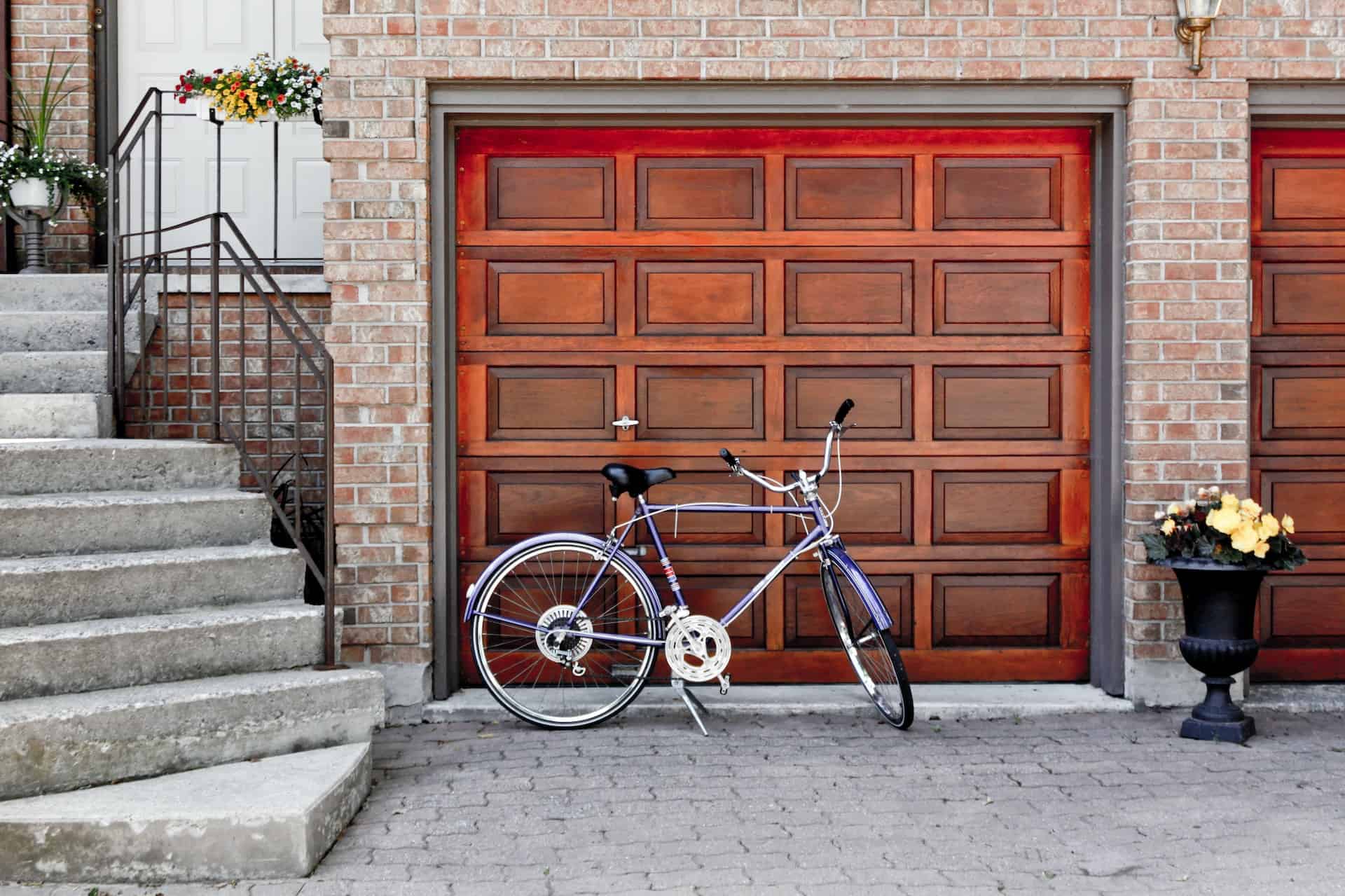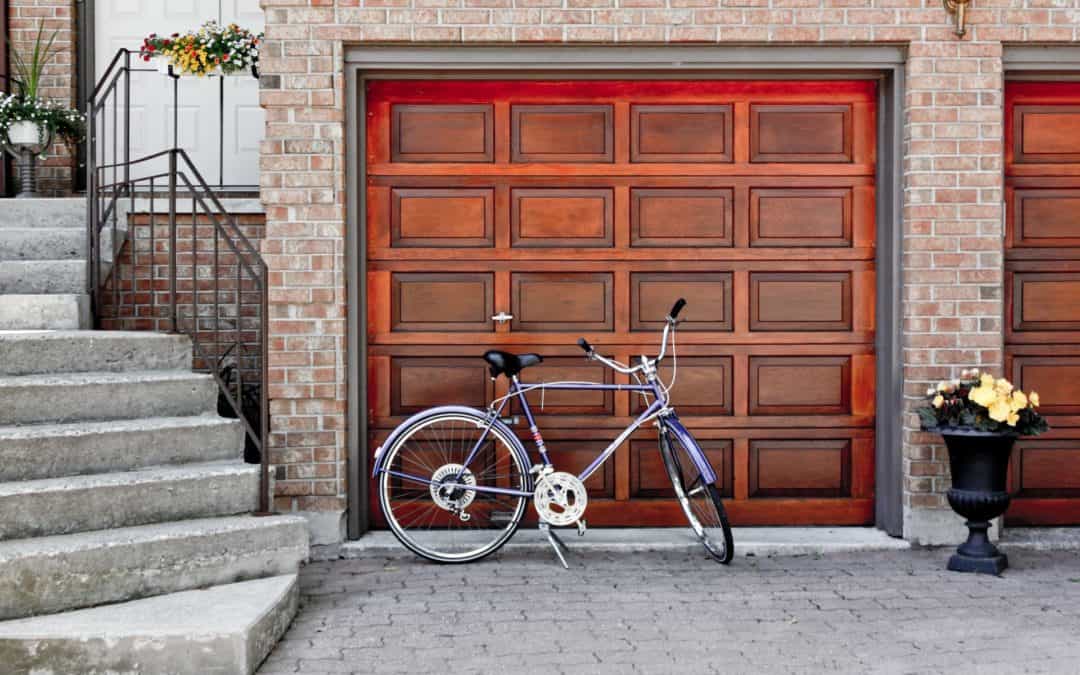Your garage door opener provides essential access to this critical part of your home. While you may take its smooth functioning for granted when you’re pressing that little b2=utton on a daily basis, you’ll quickly come to appreciate the convenience of your garage door when it starts to malfunction. Fortunately, many issues with garage door functions can be fixed with a simple battery change. Here’s what you must do to tackle this easy step in troubleshooting your garage door opener.
Where Are the Batteries in My Garage Door Opener?

Image by Kevin Wolf is licensed with Unsplash License
When you think of batteries for your garage door opener, your mind probably goes to the remote, otherwise known as the transmitter. This is, indeed, the one part of the system that invariably depends on a battery. However, your garage door opener may also have two other batteries that help it function properly. Understanding all three will help you diagnose dead batteries and replace them appropriately throughout the life of your garage door opener.
The garage door remote has a small battery in the back. If you have a wireless keypad, this will also have a battery tucked away behind the faceplate. Your garage door also has a backup battery inside the interior unit mounted to the roof of your garage. You’ll find this battery behind the light lens. You’ll only need to rely on the backup battery if you lose power in your home.
Signs the Garage Door Opener Needs a New Battery
If your garage door doesn’t open or close promptly on command, a dead or dying battery is a likely cause. If you need to push the button on your remote a few times before it works, the battery is probably at the end of its lifespan. In many cases, the remote will simply stop working.
Most garage door openers use 1.5-volt button batteries that last two to five years. Replacing the battery is the quickest and easiest solution to a garage door that won’t function. Do this first, before you move on to explore other potential problems that are more complex and costly.
How To Change the Battery in the Garage Door Opener Remote
Replacing the battery in your garage door opener remote is quick and easy. Follow these steps:
- Open the panel on the back of the remote and check to see what kind of battery you need. Many battery panels simply slide off. In some cases, you may need a screwdriver to remove a small screw.
- Remove the battery and check the number on it. Most garage door openers use small coin-shaped batteries.
- Purchase a replacement battery that matches the identifying number.
- Insert the replacement battery in your remote and close the panel. Replace the screw if applicable.
- Reprogram your remote. Consult the instruction manual or look up the manufacturer’s instructions online to properly pair the remote and receiver again.
How To Change the Battery in the Garage Door Opener Keypad
If you have a wireless keypad, you’ll find the battery located behind the front panel. On some models, you need to flip open the keypad cover and remove a small panel under the numbers. For other models, you may need to slide the entire keypad cover off. You may have to remove a small screw to take the cover off and access the batteries. Once you’ve located the batteries, you can swap them out using the same steps listed for the garage door opener remote above.
How To Change the Battery in the Garage Door Opener in the Garage
The mechanism that actually opens your garage door is located on the ceiling in your garage. This component also has a battery that acts as a backup power source so you can still open and close your garage door in the event of a power outage. To change this battery, you should follow these steps:
- Unplug the garage door opener or turn off the circuit breaker for the garage door opener.
- Open the light cover to reveal the housing for the battery.
- Remove the screw from the battery compartment cover and open it up.
- Remove the battery and disconnect the red and black wires on the back.
- Reconnect the wires to the new battery in the same manner.
- Slide the new battery into the compartment.
- Replace the door and secure it with a screw.
- Replace the light cover.
- Restore power to your garage door opener by plugging it back in or turning the circuit breaker back on.
What To Do If a New Battery Doesn’t Help
If you’ve replaced the battery or batteries for your garage door opener but the system still won’t function, you’ll need to troubleshoot some other possible causes. If the garage door won’t open in cold weather months, but you can hear the mechanism working, it may be frozen shut. The metal components of your garage door opener will contract in cold weather, which can make it difficult or even impossible for the door to open. Accumulated ice around the bottom of the door can exacerbate this issue.
If your garage door moves but fails to close completely because it reverses before reaching the ground, you likely have a problem with the safety sensor. Make sure there’s no debris in the sensor’s path. Clean the safety sensor with a soft microfiber cloth to make sure there’s nothing on the sensor itself.
If the garage door works intermittently or makes loud noises while operating, you may have a more serious issue that you can’t repair on your own. It’s important to have a functioning garage door opener so you can safely and easily use this entry and exit point to your home. Contact a professional garage door repair company to handle any major issues with this part of your home.
Our team at Overhead Garage Door in Chicagoland can help you address any type of problem with your garage door opener. From minor repairs to full garage door opener replacements, we’re equipped to tackle any kind of job. Contact us to make your appointment.

